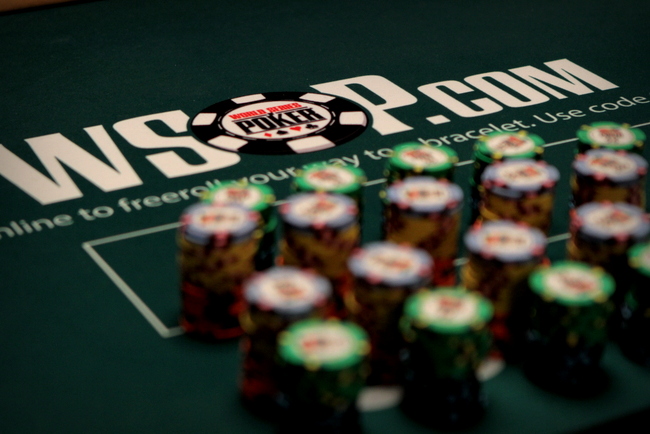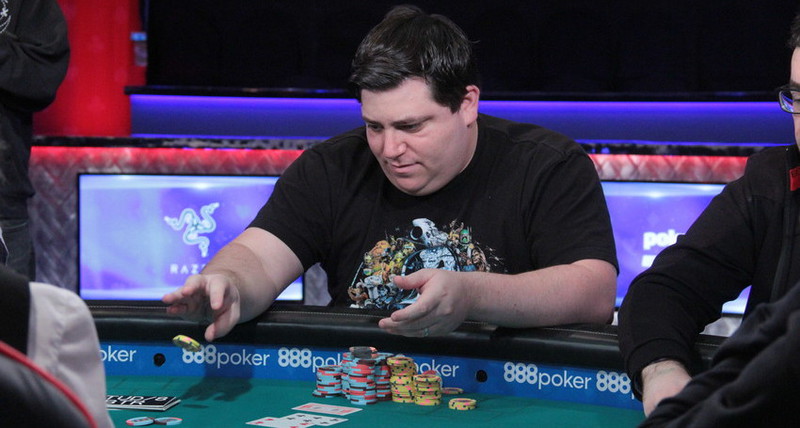2-7 Draw Poker Rules
2-7 (Deuce to Seven) Triple Draw Lowball is a poker game in which the low poker hand wins the pot at showdown. In other words, it is a form of ‘Lowball’. It is a ‘draw’ game, meaning that you are dealt five cards, and may discard from zero to five of them on the draw, and receive that number of replacement cards. 2-7 Single Draw Lowball. 2-7 (Deuce to Seven) Single Draw is a form of draw poker, sometimes referred to as ‘Kansas City Lowball’. Lowball games reward the best low hand, making it the opposite of games likes Hold’em and Stud, in which the highest hand wins.
- 2-7 Triple Draw Poker Rules
- 2-7 Triple Draw Poker Rules
- 2-7 Single Draw Poker Rules
- Rules For 2-7 Draw Poker
2-7 Triple Draw is a Lowball poker variant played in some land-based casinos and online poker rooms. 2-7 Triple Draw, and Lowball poker games in general, have become increasingly popular in the last few years. In this article, we will cover the 2-7 Triple Draw rules so that you can get started playing your new favorite poker variant.
How to Play 2-7 Triple Draw
Set-up
2-7 Triple Draw is a game for 2-6 players, using a standard 52-card deck. There are three drawing rounds, with 5 cards per person. The potential for so many cards to be drawn, limits this game to just a 6-max game.
Hand Development
Deuce to Seven Triple Draw is a Lowball poker game, like the semi-popular Kansas City Lowball, which means players are competing for the lowest hand. Unlike most other Lowball poker games however, all normal poker hand ranks are utilized. Straights and flushes will count against you, and Aces are high. Therefore, as the name of the game implies, the best possible hand is: 2-3-4-5-7 without a flush.
Betting Structure
2-7 Triple Draw is most often played in a fixed limit betting structure. The player left of the dealer button places a small blind, equal to half the low bet, while the player left of the small blind places the big blind, equal to the low bet. The dealer button is passed clockwise around the table each time a new hand is dealt.
Fixed limit defines the amount a player may bet/raise throughout the hand. If the stakes are $2/$4, $2 is the low bet, and $4 the high bet. Therefore the small blind is $1, the big blind $2. For the first 2 betting rounds, all bets/raises must match the $2 low bet, increasing to equate the $4 high bet in the final 2 betting rounds.
Draw Phases/Betting Rounds
There are three draw phases in 2-7 Triple Draw. Each player must have five cards at all times. During each draw phase, a player may discard as many or as few cards as he wishes. Choosing to discard no cards in any draw phase is called “Standing Pat”. The dealer will replace as many cards as a player discards for each draw phase.
The player left of the dealer will always receive all necessary cards first in a draw phase, followed by the next player to his left and so on, ending with the player on the dealer button last.
Sample Hand of 2-7 Triple Draw
The 2-7 Triple Draw hand begins with the placement of small and big blind bets, followed by the initial deal, where each player receives five hidden hole cards. Blind bets are considered live bets, meaning they will only need to add enough to their current blind in the first betting round to call/bet/raise, to make up the difference and complete the wager.
1st Betting Round: Starts with the player left of the big blind, who may call the big blind, raise or fold. Betting continues clockwise until all players have called or folded to the current bet.
1st Draw Phase: All players discard 0-5 cards, however many they wish. The dealer will then replace as many cards as each player discarded.
2nd Betting Round: All betting rounds now begin with the player left of the dealer button. The first bettor may check (bet nothing) or bet the low bet amount. If a bet is placed, the following bettors must call, raise or fold until the betting round is complete.
2nd Draw Phase: Another draw phase, occurs, same as the first.
3rd Betting Round: All bets/raises now increase to match the high bet.
3rd Draw Phase*: Another draw phase occurs.
4th Betting Round: This is the final betting round, handled in the same manner as the last.
Showdown: If at any time all bunt on player folds, the remaining player instantly wins the pot. If two or more players remain at the end of the 4th betting round, a showdown occurs. Players compare their hands and the best hand (according to the 2-7 Triple Draw hand development rules above) wins the pot. In case of a tie, winning players split the pot evenly.

*Because of the considerable draw phases, it is possible to run out of cards before the hand is complete. Should this occur, the 2-7 Triple Draw rules stats that all cards that were discarded should be shuffled back together and dealt for the rest of the hand.
Where to Play 2-7 Triple Draw
PokerStars is the one and only choice when it comes to playing 2-7 Triple Draw online. They are the world's largest poker room with more players than the next twenty largest poker rooms combined. Because 2-7 Triple Draw is not a very popular game on the internet, you can not find any running games at smaller poker rooms. Depending on the day and time you want play, PokerStars will have anywhere from 5-15 active tables and 50-80 players at the 2-7 Triple Draw limit tables. This means you can find a game or two running at most limits you could be interested in playing. The no limit tables are less popular and there are normally only 2-3 tables running when the limit games become active. You can support PokerTrikz and receive a $600 deposit bonus if you sign up for PokerStars with the links on this page. Good luck at the tables.
This article was submitted by my friend Josh. I may have done some quick edits, but the main content is his.
You Might Also Enjoy
Origins
2-7 Triple Draw Objective
Structure

- Dealer deals 5-cards to each player
- First Round of betting
- Players draw cards
- Second Round of betting
- Players draw cards
- Third Round of betting
- Players draw cards
- Final Round of betting
- Showdown
Drawing
 On each round players have the option to discard as many of their cards as they wish up to a total of 5. These should be replaced with fresh cards from the desk. Assuming a player is happy with their hand they have the option to stand pat, which means they don't discard or draw any additional cards.
On each round players have the option to discard as many of their cards as they wish up to a total of 5. These should be replaced with fresh cards from the desk. Assuming a player is happy with their hand they have the option to stand pat, which means they don't discard or draw any additional cards.Hand-Rankings
Basic Strategy – The Draw

- 5 cards 9 or below(no pair or straight or flush etc) – Stand Pat
- 4 cards 8 or below and a higher card – Draw 1
- 3 cards 8 or below and 2 higher card – Draw 2
- 2 cards 7 or below and 3 higher cards – Draw 3
It's also recommended to start out with low cards and draw to higher cards rather than the other way round. So it's better to hold 2,3,4,8 and draw to the 5,6 or 7 rather than hold the 8,7,6,3 and draw to the 4,5,or 2.
Basic Strategy – Position
2-7 Triple Draw Poker Rules

Basic Strategy - Hand Reading
2-7 Triple Draw Poker Rules
Basic Strategy - Betting Structure
This is a lot harder to do in fixed-limit. We won't get a big enough payout if we hit to justify our pre-draw investment, and it's overall less likely that we will be able to successfully bluff our opponent post-draw.